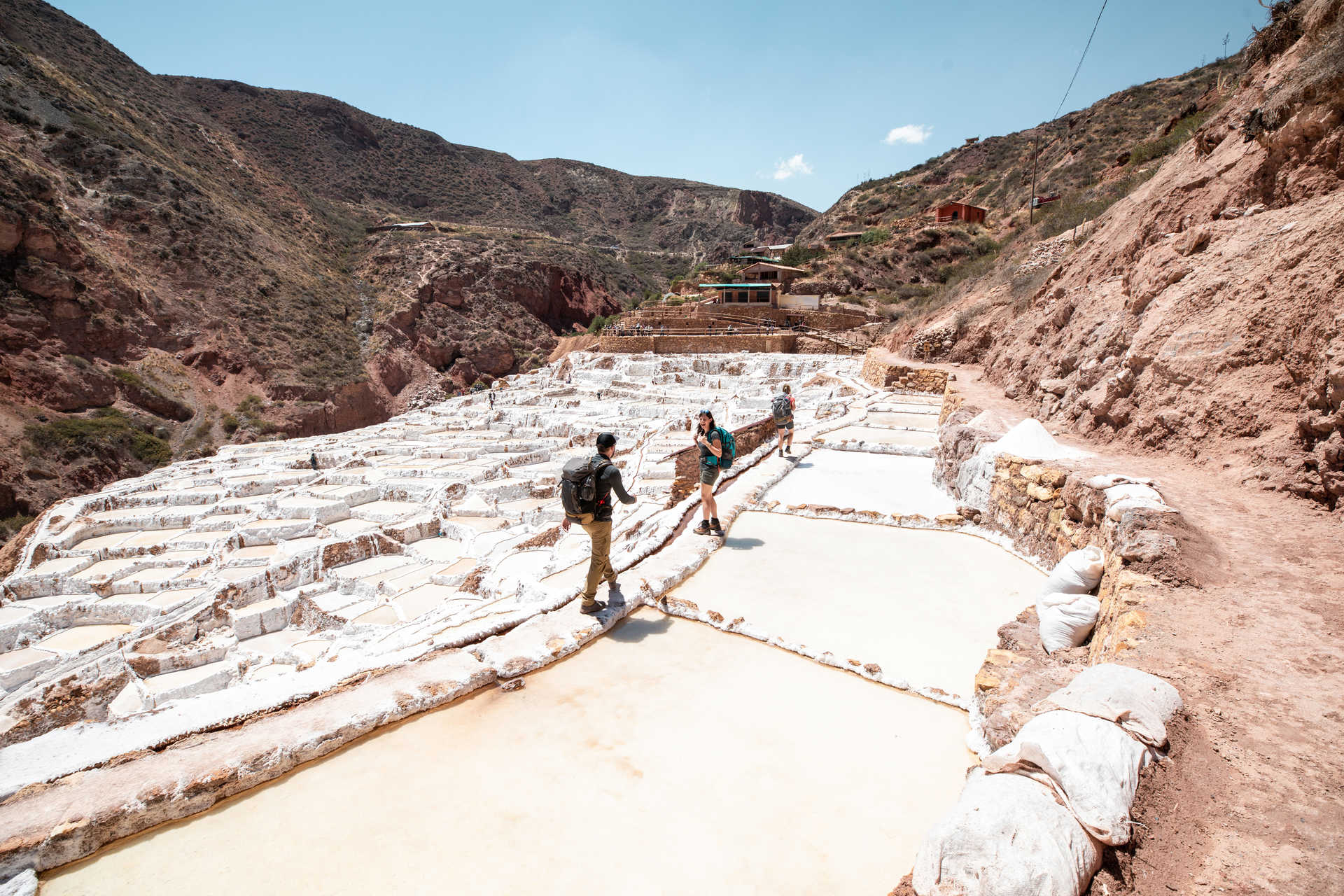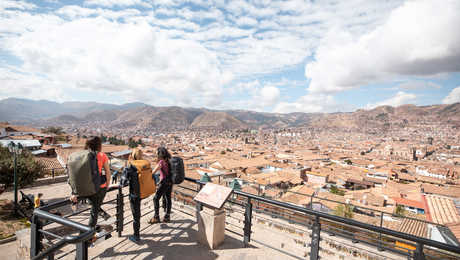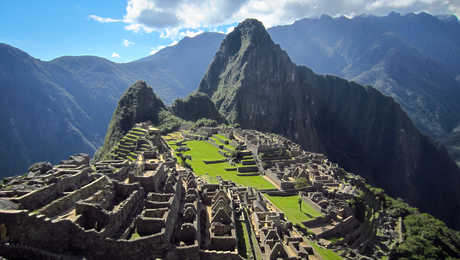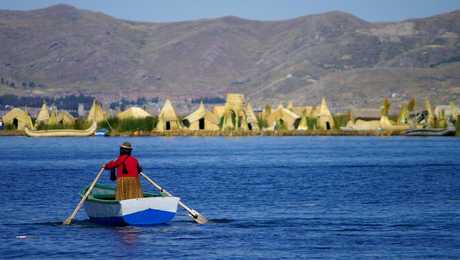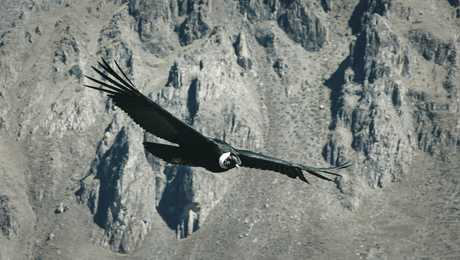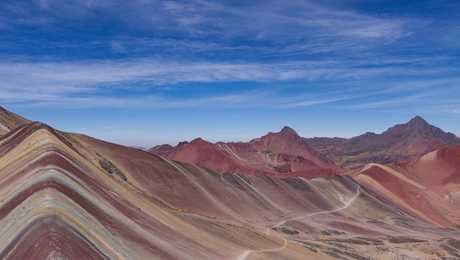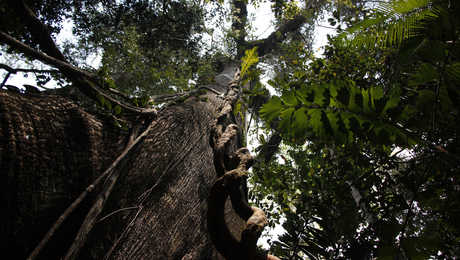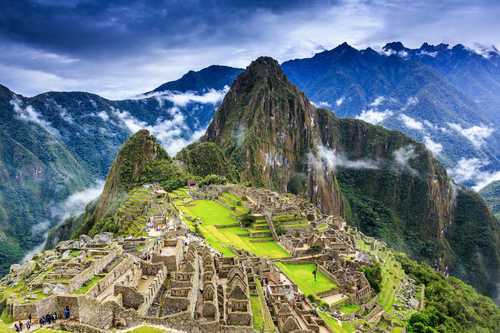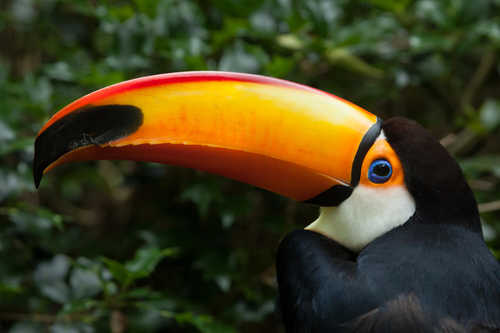
Cuzco
Capital of the Inca Empire, Cusco (or Cuzco) is a must-see city in Peru. The word Qusqu means navel in Quechua. Nestled in the Andes at an altitude of 3,400 meters, the ancient Inca capital was the center of the world for the Incas: the heart of Tahuantinsuyu (the Inca empire).










